1. Writing Checks at the Grocery Store
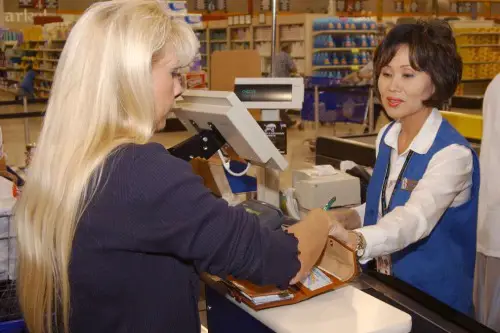
There was a time when paying by check at the supermarket was a weekly ritual. Shoppers would pull out their checkbooks, scribble the amount, and wait for the cashier to verify ID. It was slow, deliberate, and oddly ceremonial. The checkbook was a symbol of adulthood.
Today, checks are nearly extinct in retail. Digital wallets, tap-to-pay, and chip cards have replaced the pen-and-paper transaction. But the image of someone balancing their checkbook in aisle five still feels quintessentially American. And yes, the line behind them was always groaning.
2. Hanging a Flag on the Porch Year-Round
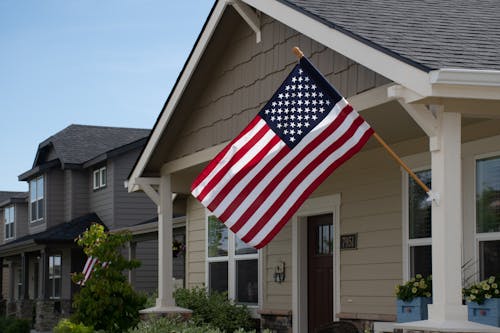
Flying the American flag outside your home used to be a quiet, everyday gesture of patriotism. It wasn’t political—it was personal, tied to civic pride and neighborhood identity. The flag waved in sunshine and snow, often lit by a spotlight at night. It was as common as the mailbox.
Now, flag displays are more seasonal or symbolic. They appear on holidays or during election cycles, often loaded with meaning. But the porch flag still evokes a Norman Rockwell kind of Americana. And yes, it used to flap next to wind chimes.
3. Hosting a Block Party
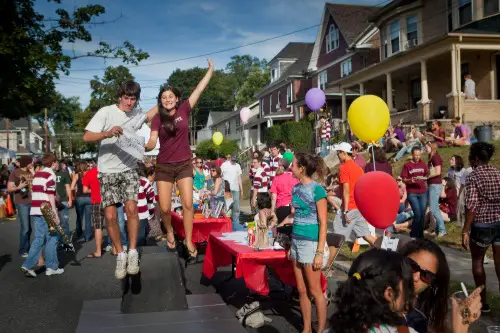
Block parties once brought entire neighborhoods together with potlucks, folding tables, and boom boxes. Kids played tag in the street while adults grilled burgers and swapped stories. It was community without coordination—just a flyer taped to a lamppost. Everyone showed up, no RSVP required.
Today, social media replaced the sidewalk invite. Neighborhoods are quieter, and communal gatherings are rare. But the idea of a block party still feels deeply American. And yes, someone always brought potato salad.
4. Watching the Evening News as a Family
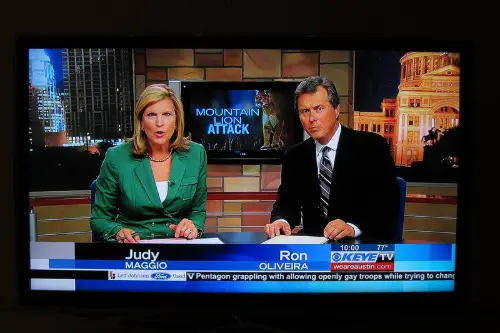
At 6 p.m., families gathered around the TV for the local news, followed by national anchors like Dan Rather or Peter Jennings. It was a shared ritual—part information, part bonding. Commercials were predictable, and weather reports felt like gospel. The news was trusted, even when it was grim.
Now, news is fragmented across apps, podcasts, and social feeds. Few families watch together, and fewer still trust what they see. But the image of a living room tuned to Channel 7 still feels iconic. And yes, the remote was always missing.
5. Reciting the Pledge of Allegiance Daily
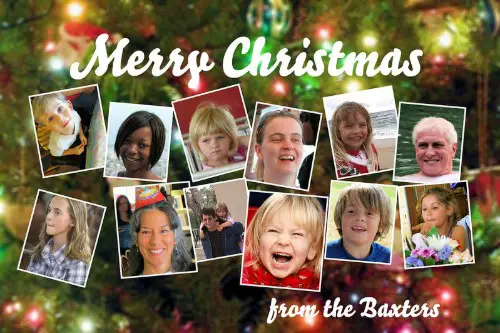
In classrooms across America, the day began with a hand over heart and a unified recitation of the Pledge. It was automatic, rhythmic, and rarely questioned. Flags hung in every room, and the words were memorized before their meaning was understood. It was patriotism by routine.
Today, the practice is less universal and more debated. Some schools skip it, others modify it, and many students opt out. But the pledge still echoes as a cultural touchstone. And yes, someone always mumbled “indivisible.”
6. Sending Holiday Cards with Family Photos

Holiday cards once featured glossy prints of smiling families in matching sweaters or beach vacation poses. They arrived in December with handwritten notes and return addresses. The fridge became a seasonal gallery of distant cousins and old friends. It was connection through cardstock.
Now, greetings are digital or skipped entirely. Social media replaced the mailbox, and photo shoots feel performative. But the tradition still feels warmly American. And yes, someone’s dog wore reindeer antlers.
7. Owning a Crock-Pot for Church Potlucks
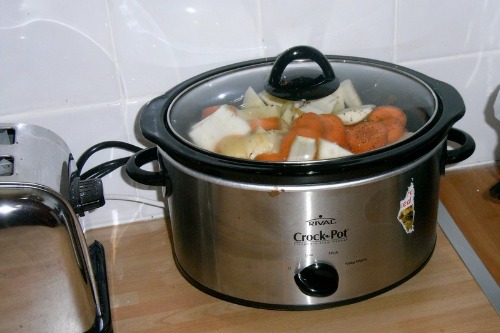
The Crock-Pot was the unsung hero of American gatherings—slow-cooking chili, meatballs, or queso for hours. It traveled to churches, schools, and break rooms, plugged in and steaming by noon. Recipes were passed down, and lids were always slightly askew. It was comfort food in a ceramic hug.
Today, air fryers and Instant Pots dominate the kitchen. Potlucks are rarer, and slow cooking feels nostalgic. But the Crock-Pot still simmers in memory. And yes, someone always brought little smokies.
8. Hanging a Calendar from the Bank
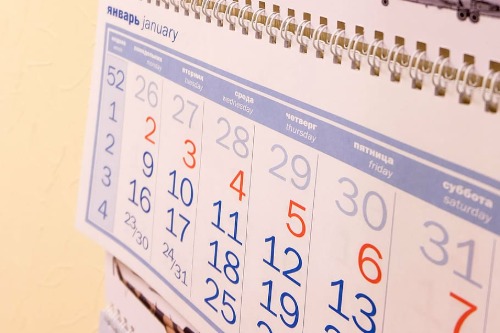
Banks used to hand out free wall calendars every December—featuring scenic landscapes, puppies, or patriotic themes. They hung in kitchens, garages, and offices, marked with birthdays and dentist appointments. The calendar was both decoration and planner. It was analog organization at its finest.
Now, digital calendars rule, and bank swag is mostly pens. The wall calendar is a relic—but still feels charmingly American. And yes, July always had fireworks.
9. Watching Fireworks from a Pickup Truck Bed
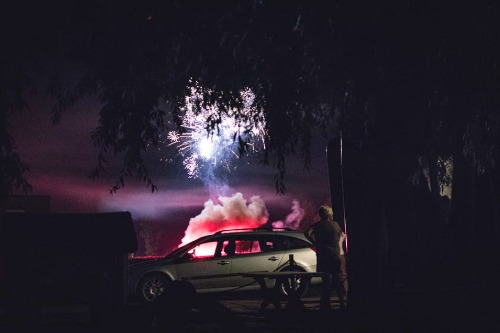
On the Fourth of July, families drove to fairgrounds or parks, backed into grassy lots, and climbed into truck beds with blankets and snacks. Kids waved sparklers, radios played patriotic tunes, and the sky lit up in red, white, and blue. It was celebration with a tailgate twist. No tickets, no fuss.
Today, fireworks are more regulated, and truck beds are less communal. But the memory of watching the sky from a Ford F-150 still feels deeply American. And yes, someone always yelled “USA!”
10. Keeping a Jar of Bacon Grease by the Stove

In many American kitchens, bacon grease was saved in a jar for frying eggs, seasoning beans, or greasing cornbread pans. It sat proudly next to the salt shaker, congealed and flavorful. Recipes didn’t call for it—but everyone knew when to use it. It was thrift meets taste.
Now, health trends and nonstick pans have pushed the jar aside. But the ritual still simmers in Southern kitchens and memory. It’s greasy, glorious Americana. And yes, it made everything better.
This post 10 Things That Will Always Feel “American”—Even If No One Actually Does Them Anymore was first published on American Charm.


